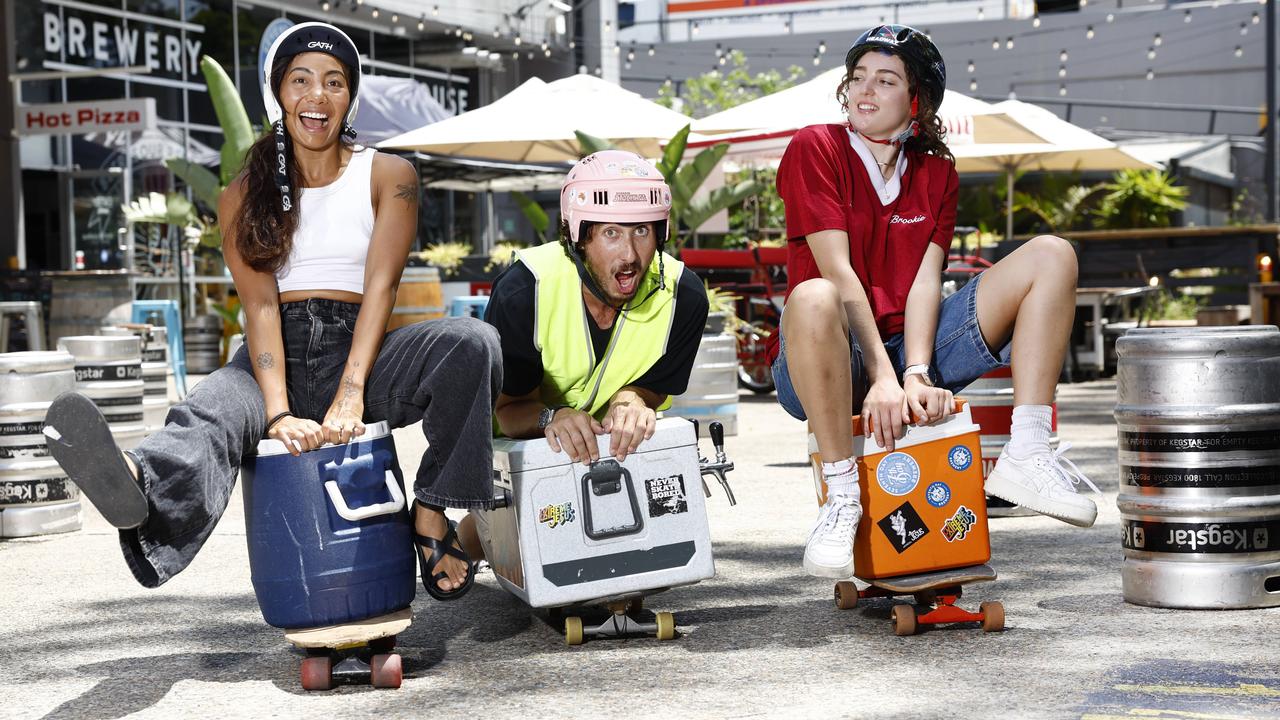Bayview Baths might be restored in 2026 if the water quality in the area improves
If all goes well, the Bayview baths could be restored and returned to its purpose – allowing locals to swim in salt water without fear of sharks – in 2026.
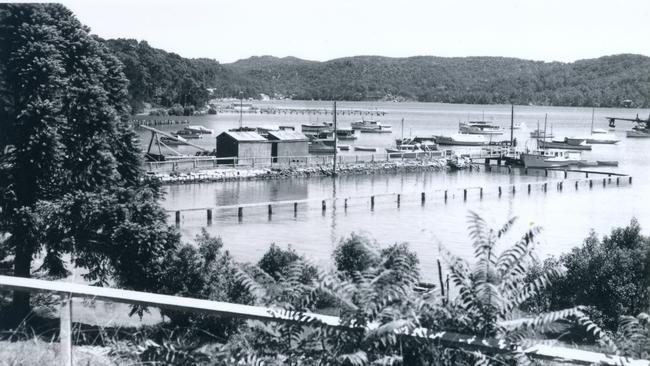
Manly
Don't miss out on the headlines from Manly. Followed categories will be added to My News.
If all goes well, the Bayview baths could be restored and returned to its purpose – allowing locals to swim in salt water without fear of sharks – in 2026.
A big rider, however, is the quality of the water in the area, which is adversely affected by a nearby Sydney Water sewer overflow valve that discharges polluted water after heavy rain.
The tidal pool at Bayview was built on the western side of Bayview Wharf, the construction of which was the result of lobbying by residents in 1898, when they urged Public Works Minister James Young to build a wharf to facilitate the movement of people and produce to and from the area.
Mr Young told the deputation of Bayview residents that he recognised the proposed wharf would be a great convenience but said the one point against it was the expense entailed in building a wharf long enough to reach deep water.
Nevertheless, tenders were sought in early 1900 and that of Matthew Woodbury for £686 was accepted.
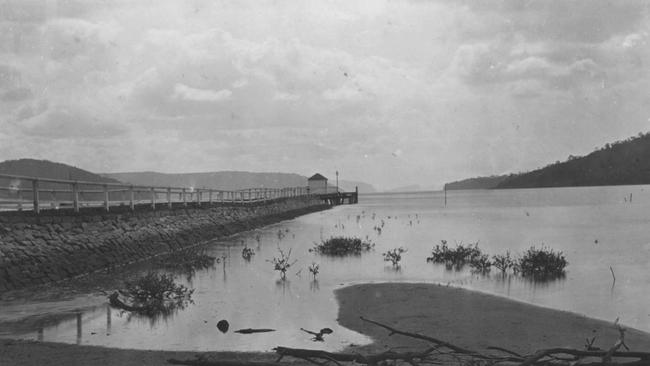
The wharf was originally 43m long, with the portion closest to the shore made of stone and the outer portion of timber.
The wharf was officially opened on December 1, 1900, by Warringah state MP Dugald Thomson.
Also in attendance were two other state MPs and the mayors of Manly, North Sydney and Paddington.
In March 1915, Warringah Council’s engineer was instructed to prepare plans and specifications for baths and dressing sheds at Bayview.
Two weeks later, the council resolved to call for tenders to build public baths at Bayview but only one tender was received, after which the council’s engineer was asked to prepare a fresh estimate of the cost of building a pool.
In May the council’s engineer reported that it would cost £120 to build a tidal pool at Bayview, after which the councillors voted to build the baths when the funds were available.
In October 1915, the Lands Department granted the council permissive occupancy of the site on which it hoped to build the baths – adjacent to the wharf.
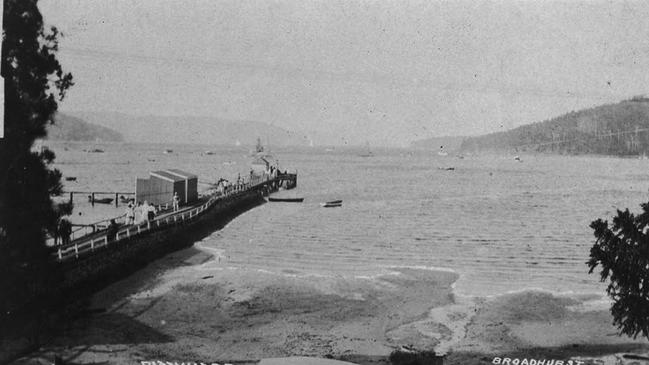
In November 1915 the pool was built on the western side of the wharf but it was not contiguous with the shoreline, so bathers had to walk along the wharf to reach the pool.
A newspaper report of the time said of the new pool, “although not of commodious proportions compared with some of the larger enclosures, still is sufficient to satisfy the wants of the district for some little time”.
The pool was constructed of timbers piles and wire netting but it isn’t clear which level of government – local or state – paid for its construction, with no mention of the pool’s existence in the minutes of Warringah Council meetings until November 1920, when the council voted to spend £14 on repairs and the installation of a diving board.
There were also men’s and ladies’ dressing sheds on the stone part of the wharf for the convenience of bathers.

Throughout its short life, the state of the pool on the western side of the wharf was a regular item on the council’s agenda, with frequent requests from residents for it to be cleaned, upgraded or made safe.
In February 1922, for instance, the council received a petition from locals asking for the pool to be repaired and renovated.
In September 1924 the council received a letter from the Mona Vale Progress Association asking for the pool to be made safer and received another petition from 37 ratepayers in November that year asking for the same thing, after which the council voted to spend £7/15/- on new wire netting for the pool, although it was another two years before the netting was installed.
In 1930, the council decided to build a new pool on the eastern side of the wharf.
Some locals objected to the plan but the council pressed ahead and applied for permissive occupancy of an area on the eastern side of the wharf, informing the authorities in August 1931 that the new pool would be larger than the old one and would be free to the public at all times except when swimming carnivals were being held there.
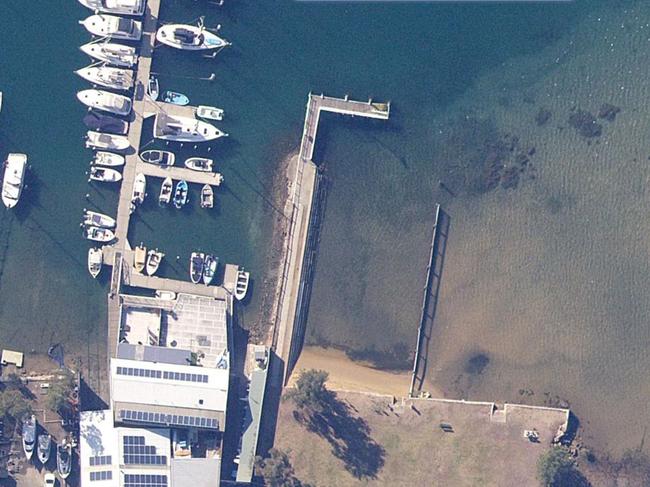
The council was told that if the pool was to be as substantial as planned, it should instead apply for a Special Lease of the area.
But the early 1930s – the height of the Depression – was a bad time to be looking for money and materials for a new pool, so it is unclear when the old pool was demolished and the new one built.
The wharf appears to have been shortened in 1943, which may be when the new pool was built on the eastern side of the wharf.
Like the old pool, the new one was built of timber piles and wire mesh and, like the old pool, it needed regular maintenance.
But the war was at its height during 1943 and obtaining some materials became so difficult that the council was unable to acquire enough wire mesh and was reduced to asking local residents if anyone knew where mesh could be obtained.

Unlike the old pool, the new pool on the eastern side of the wharf was contiguous with the shoreline, so bathers only had to walk across the narrow beach – or mudflat – to reach it.
The new wharf measured about 46m by 23m.
And the lease was inexpensive – by 1953 the council was paying the State Government the princely sum of £1 a year, which had risen to the equally princely sum of $15 a year by 1967.
At some point concrete steps were installed along the eastern side of the stone part of the wharf for the use by bathers, possibly when the new pool was built, while the mesh to keep out sharks was eventually replaced by vertical steel bars.
About 1960, the land behind the pool adjoining Pittwater Rd was “reclaimed” to create parkland and parking spaces.
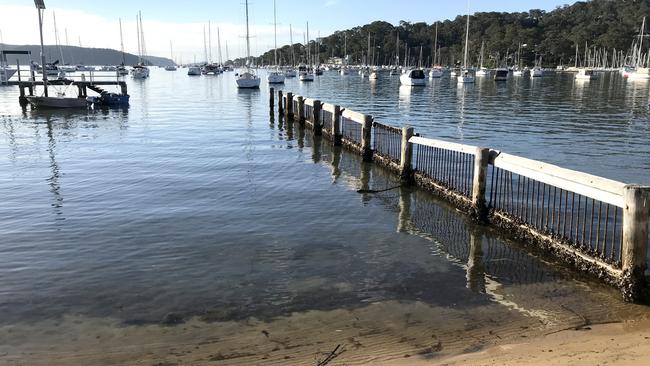
In 1962 a timber extension at 90 degrees to the end of the wharf was added that included a rack for the storage of Star-class boats.
But with increasing development at Bayview came increasing stormwater run-off and leakage from the sewage system, resulting in poorer water quality in the baths, especially from a sewer overflow valve near the pool and especially immediately after heavy rain.
And being at the foot of Pittwater, the water in the area was flushed less than water at the mouth of Pittwater, exacerbating the problem.
Throughout the late 1980s and early 1990s, the baths fell into disrepair and eventually part of the structure gave way or was removed, rendering the pool unsafe.
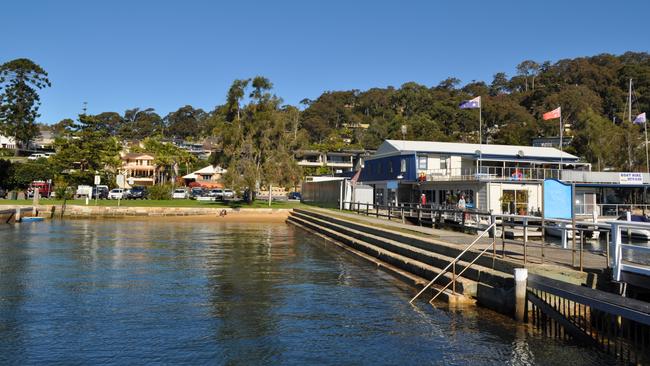
After the secession of Pittwater Council in 1992, the Church Point and Bayview Residents Association lobbied that council to improve the baths and in 2016 also lobbied Pittwater state MP Rob Stokes, after which Sydney Water was asked to review the water quality in and around the baths.
In March 2018, former Northern Beaches councillor Alex McTaggart successfully moved that Northern Beaches Council work with Sydney Water and Beachwatch to monitor water quality near the pool to determine if it would be feasible to restore the pool to its former glory.

Two months later council staff reported that water quality in and around the pool remained variable, depending on rainfall, and that further testing of the water would continue.
In late 2022 Cr Rory Amon asked for an update from staff on Cr McTaggart’s motion regarding water quality around Bayview baths.
The staff responded by saying that the water quality near the baths had improved after being poor in the 2014/15 and 2015/16 swimming seasons but had deteriorated again in the 2019/20 and 2020/21 swimming seasons due to heavier rainfall in those seasons.
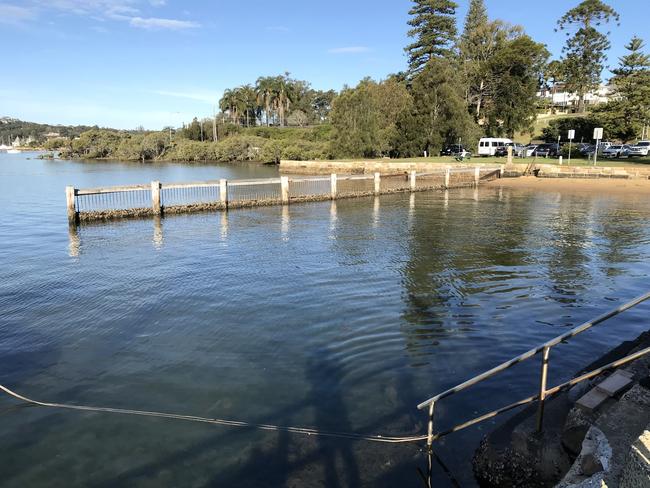
They also pointed out that while the Department of Planning and Environment, which measures water quality, recommended swimming in estuarine swimming areas be avoided for three days after rain, “water quality at Bayview Baths can take longer to recover from stormwater events than other Pittwater swimming sites due to lower levels of tidal flushing”.
Council staff also said the “scheduling of renewal works at Bayview Baths is currently planned to commence with investigations and scoping in 2024/25 with consideration for construction in winter of 2026”.


